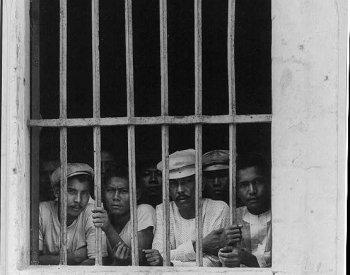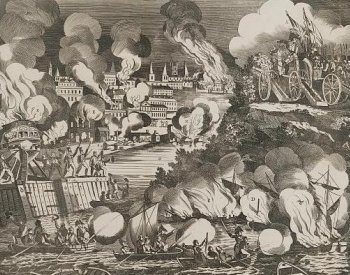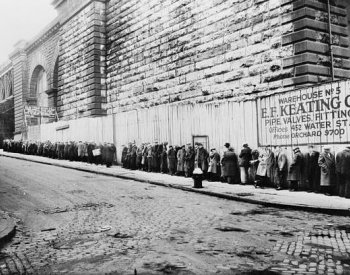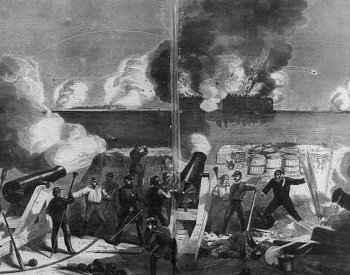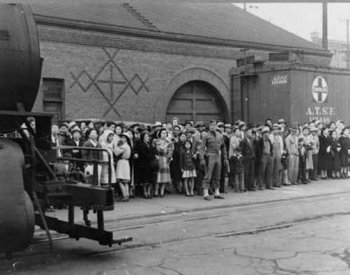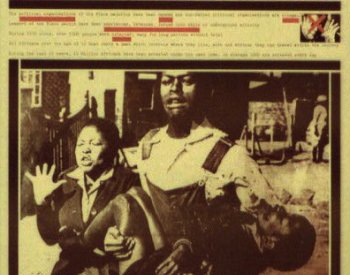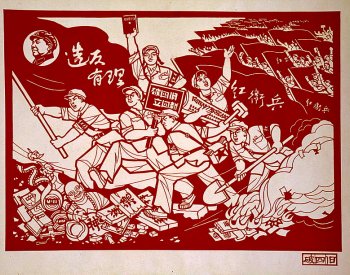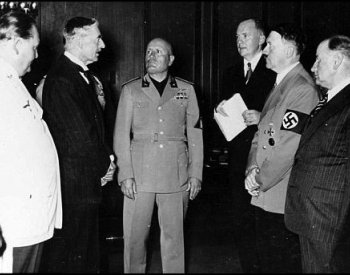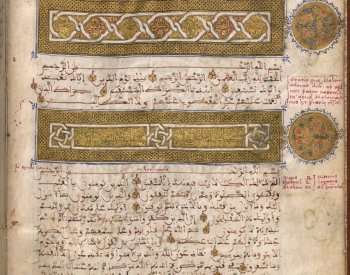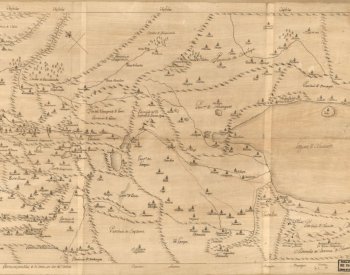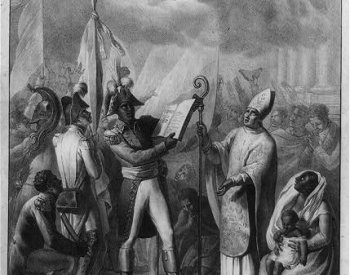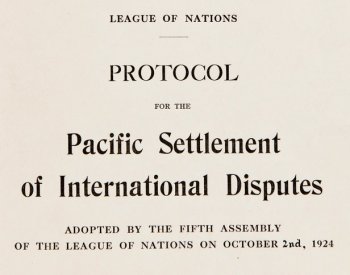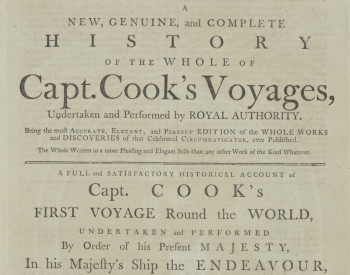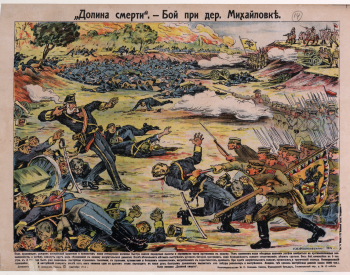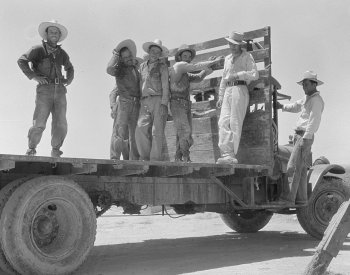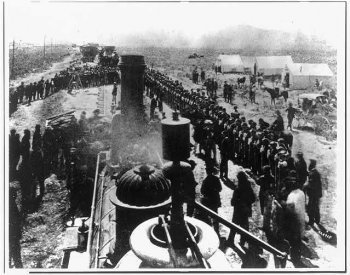To answer this question correctly, students must explain how the assembly depicted in this etching is connected to the doctrine of divine right and the Seven Years’ War.
To answer Question 1, students must first identify the assembly depicted in the etching as the representatives who signed the Tennis Court Oath. They must then explain that the Tennis Court Oath rejected the doctrine of divine right and pronounced that political power came from the people and their representatives.
To answer Question 2, students must explain that the huge cost of the Seven Years’ War contributed to a financial crisis in France. This resulted in higher taxes and anger among the public, creating popular discontent. The Tennis Court Oath was a product of this discontent.
Level: Proficient
Question 1
Student identifies and explains a relevant connection between the Tennis Court Oath and the doctrine of divine right.
Question 2
Student identifies and explains a relevant connection between the Tennis Court Oath and the Seven Years’ War.
Level: Emergent
Question 1
Student identifies a relevant connection between the Tennis Court Oath and the doctrine of divine right but does not provide a complete explanation of that connection.
Question 2
Student identifies a relevant connection between the Tennis Court Oath and the Seven Years’ War but does not provide a complete explanation of that connection.
Level: Basic
Question 1
Student does not provide a reasonable explanation for how the Tennis Court Oath is connected to the doctrine of divine right.
Question 2
Student does not provide a reasonable explanation for how the Tennis Court Oath is connected to the Seven Years’ War.
